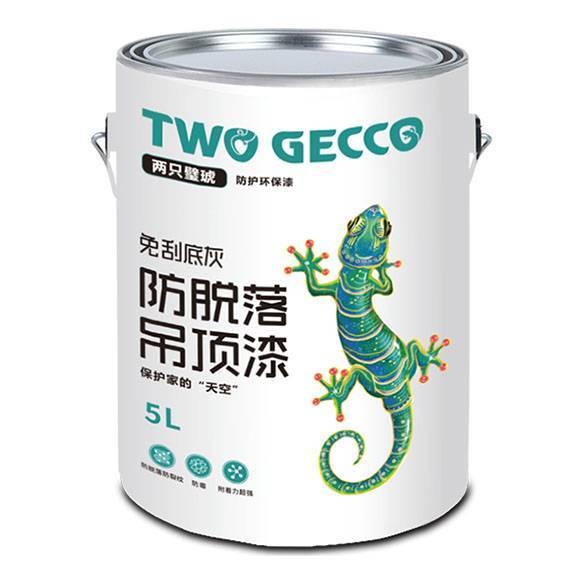Solutions to common problems during water based pu glue operation
At present, the adhesive of many shoes is mostly based on water based pu glue. However, because water-based PU glue is a new type of product, many people still do not understand the operation process of water-based PU glue. In order to let employees become familiar with the product as soon as possible and master the operation and use of water-based PU adhesive, let me introduce
Common problems and treatment methods of water-based PU adhesive:
The sole is degummed and non-sticky. The general solution is to choose a suitable treatment agent. Oily materials and release agents are more important materials. It is necessary to transfer the treatment agent to 3-5% curing agent. The rubber material must be roughened in place. Need to pay attention to glue accumulation and under glue when brushing.

The upper is degummed and non-sticky. Generally, the selection of the material type is more suitable for the corresponding treatment agent. For example, nylon materials need to be added with a curing agent for processing.
Pay attention to the build-up and under glue when brushing. There is glue on the upper and sole, and the adhesion is not good, so this is to increase the oven temperature, so as to reduce the line speed. This is to ensure that the adhesive is adhered within the viscosity maintenance time. The amount of curing agent is controlled at 5% and it is learned to stir evenly. It is also necessary to avoid cold air from blowing on the rubber surface.
There will be some gaps between the initial production of water-based PU rubber and oil-based rubber, but in the later use, water-based PU rubber is more practical. Because water-based PU glue is environmentally friendly and odorless, it can provide a healthy working environment for shoemakers. Once the shoe-workers are familiar with the process, shoe-workers can brush water-based PU glue faster than oily PU glue. Because water-based PU glue has better coating properties than oil-based PU glue.
